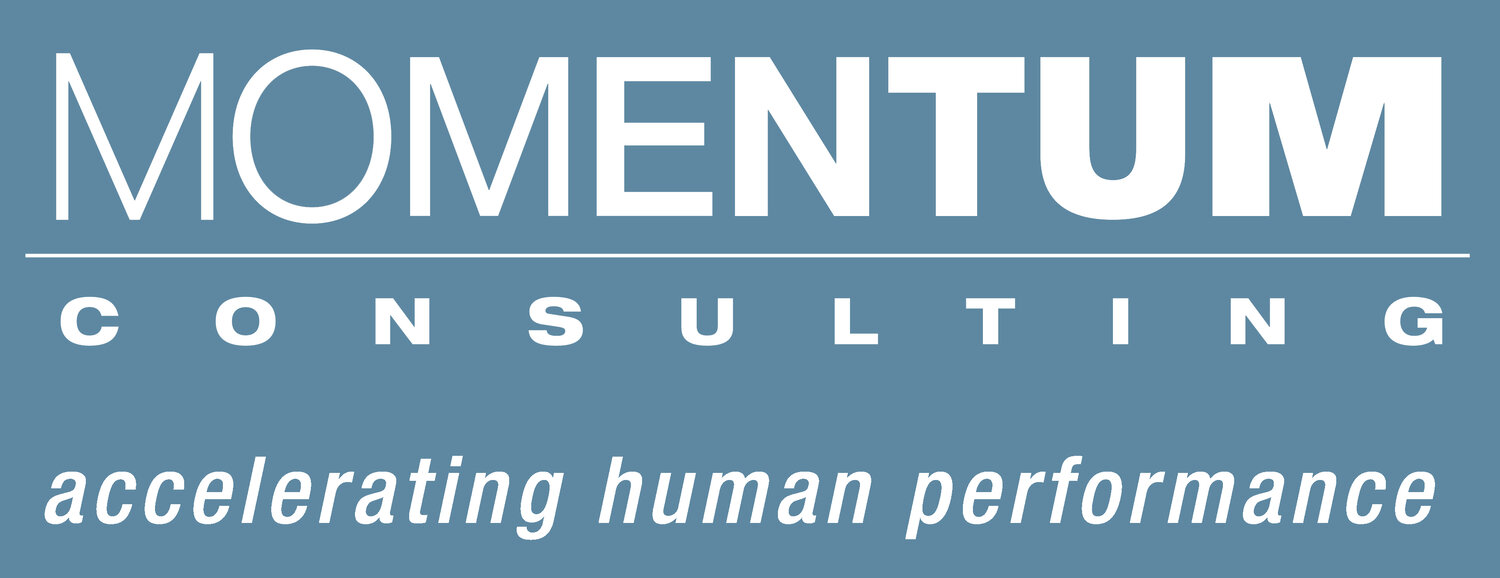Creating Momentum Through Urgency
"You miss 100% of the shots you don't take."
— Wayne Gretzky
Fundamental #22: DEMONSTRATE URGENCY IN RESPONSE TIME AND FOLLOW-UP - Model enthusiasm in your response to issues and rigor in your follow-up. Keep people updated, and make sure they are clear about your communications.
When I think of Wayne Gretzky's quote, I’m reminded of the importance of taking action and inspiring others to do the same. Without action, no idea becomes a reality, and no goal is ever scored.
While this Fundamental specifically highlights urgency in response and follow-up, it speaks to a broader truth about effective leadership: the power of creating momentum through timely action. Demonstrating urgency is one of the most effective ways we initiate and sustain momentum. It's not just about being fast. It’s about generating forward movement through responsiveness and follow-through that keeps initiatives alive when they might otherwise stall.
People are full of ideas—and ideas are good. But what makes the biggest difference is effective action. As leaders, demonstrating, modeling, and holding others accountable for this Fundamental is essential. It sends a clear message: being in action matters.
Too often, I see people in both personal and professional contexts struggle to move forward, not because they lack ideas, but because they don’t take action. Ideas and opinions without follow-through are doomed. We need to move beyond thinking and into doing.
James Clear’s Atomic Habits brilliantly illustrates the power of small, consistent action. Taken over time, these small efforts lead to extraordinary outcomes.
The Power of Small, Urgent Actions
One area in my life where small, consistent actions have driven remarkable transformation is personal growth.
In my early twenties, I was heading down a troubling path. I was making poor decisions, lacking direction, and watching opportunities slip away. Change felt overwhelming, almost impossible.
The turning point didn’t come from a single dramatic gesture, but from daily choices to respond urgently to the opportunities for growth in front of me. When I had a chance to learn something new, I said yes. When I received feedback, I acted on it. When I noticed an unproductive pattern, I addressed it quickly.
One small action that stands out: I committed to meditating every morning. This didn’t transform my life overnight, but it created momentum. That momentum spilled into other areas of my life and, over time, became the foundation of real transformation.
I don't mean to imply that my life is perfect now—far from it. But the gap between who I was and who I am today is vast. That change wasn’t the result of grand gestures, but of thousands of small, urgent responses to life’s invitations to grow.
Why People Avoid Taking Action
Feeling overwhelmed: People often get paralyzed by the scope of a goal. Breaking it into small actions is key. Take one action, then the next. Even small steps lead to real progress or something unexpectedly great.
Uncertainty about what to do: Without a clear precedent, it’s easy to freeze. But the path reveals itself when you commit to a goal and start moving.
One powerful exercise I use with leaders is called The Merlin. In it, people envision a future beyond what they believe is possible—a future unconstrained by the past—and imagine it as if it already exists. Then, they walk that future back to the present, identifying milestones and the key actions required to make that future real.
Real-World Impact
I witnessed this approach firsthand while working on a major capital oil and gas project that involved multiple organizations, clients, and contractors alike. Initially, it seemed inevitable that the project would finish late, over budget, and with quality and safety issues.
Instead of accepting that narrative, the leadership team committed to a different outcome: a project they could look back on with pride. They united as one team with shared agreements and a clearly aligned purpose. Everyone is committed to delivering extraordinary results.
Though challenges arose, the team consistently returned to their shared vision, recommitting and taking one action after another to stay on course. Leaders from all participating organizations demonstrated powerful commitment in their conversations, actions, follow-ups, and even in how they resolved conflicts.
The Power of Urgency and Follow-up
When leaders model urgency in response and rigor in follow-up, they create momentum that propels the entire organization forward.
Consider this:
Quick responses signal importance: Promptness communicates that something matters.
Follow-up builds trust: Consistent follow-through fosters reliability and credibility.
Clear communication prevents delays: Clarity reduces misunderstandings, saving time, energy, and goodwill.
Enthusiasm is contagious: Your energy inspires others to act with the same urgency and commitment.
The gap between vision and reality is bridged by action. Without urgency and consistent follow-up, even the best ideas remain unrealized.
By living this Fundamental, responding quickly, following up rigorously, communicating clearly, and modeling enthusiasm, we turn ideas into achievements and potential into results.
In the end, our actions speak louder than our words. And often, the difference between extraordinary outcomes and missed opportunities comes down to this: demonstrating urgency in response time and follow-up.
What meaningful change will you initiate today by responding with urgency?
Fundamental of the Week #22: DEMONSTRATE URGENCY IN RESPONSE TIME AND FOLLOW-UP
Model enthusiasm in your response to issues and rigor in your follow-up. Keep people updated, and make sure they are clear about your communications.
Momentum Consulting offers executive business coaching, top-level executive consulting, team training, and team off-sites to build and transform your business to the next level. Inquire about business consulting and leadership coaching today.


